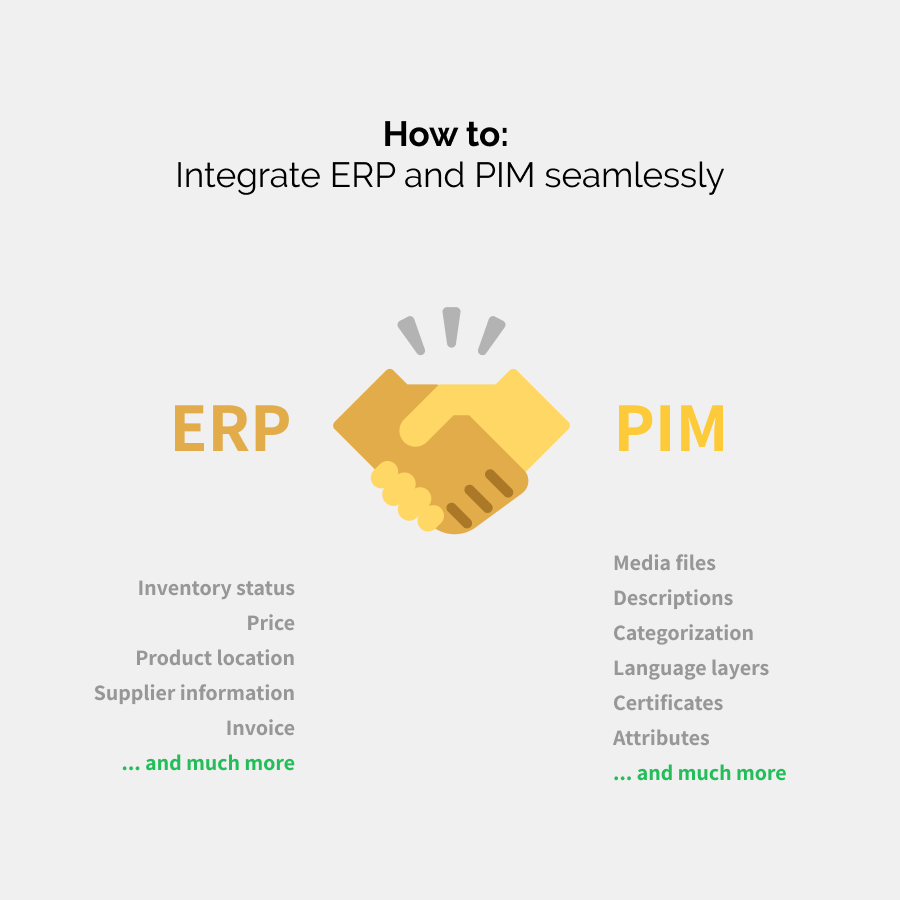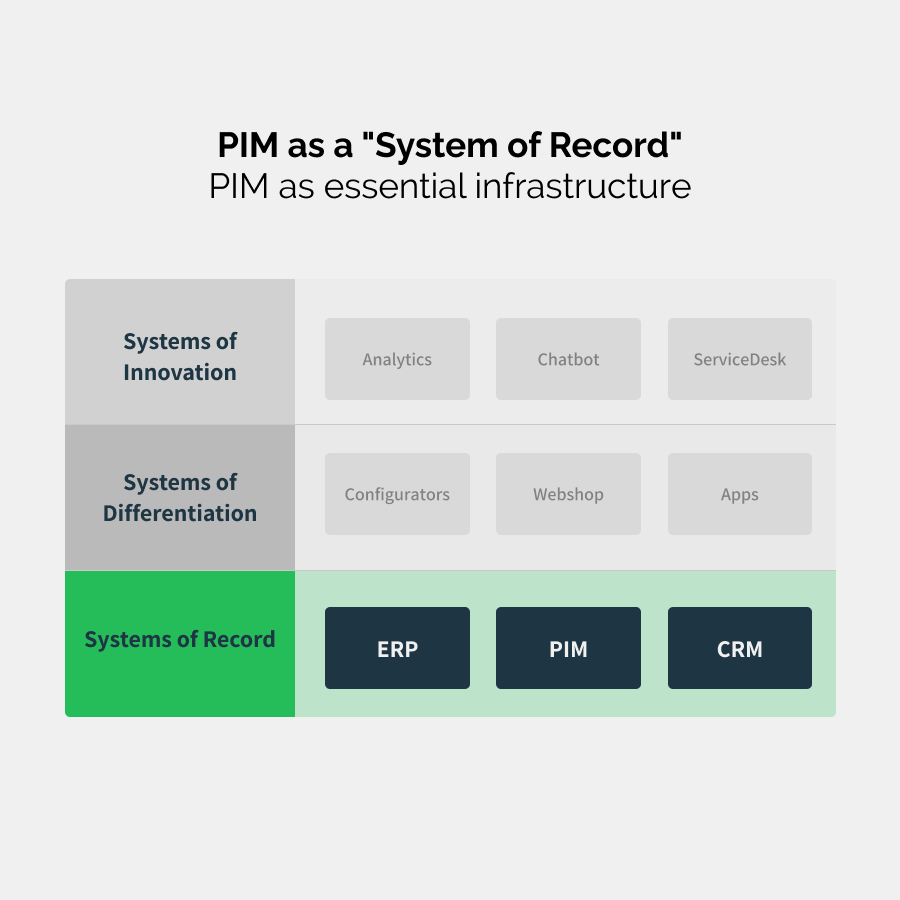ERP is and will remain a "System of Record" — a central, mission-critical system in your IT portfolio. In this post, we argue that ERP solutions often become digital Frankenstein monsters because they are used for too many inappropriate tasks.

Why You Shouldn’t Replace Your ERP System
ERP is and remains a "System of Record" — a central, business-critical system in your IT portfolio.
Therefore, even small outages and errors in daily ERP operations quickly become major annoyances. During larger updates or ERP system replacements, small errors can quickly turn into catastrophes when things don’t go as planned. Invoices and products get mixed up, and before you know it, the company is completely paralyzed because all operational functions are down.
This highlights the importance of ERP. In our daily work, we also see major challenges with custom developments, quick fixes, and general gaps in ERP systems that can be difficult to anticipate during upgrades or replacements.
The result is frustrated users, high costs due to lost efficiency, lost sales, and the list goes on. If you find yourself in such situations repeatedly, it’s natural to consider switching to another ERP system.
But what if the problem isn’t the ERP system itself?
It’s rarely fun to admit that the real issue might be on our side. We’re not perfect, and we know this dilemma all too well from our own experience — we often think the technology is at fault but underestimate the impact of our own configuration and use of it.
The problem might not be the ERP system per se, at least not initially.
Instead, the issue might be that too often, we ask the ERP system to do things it wasn’t designed for. ERP is forced to handle long product descriptions, images, color samples, and much more.
These features require custom development and often, it’s precisely here that major problems arise during updates of either the ERP or the integrated systems.
So, what do you do then?
The right tools for the right tasks
Now that we’ve established that custom-developing ERP can be both costly and inefficient, what do we do?
It’s about having the right tool for the job. Just as you need the right employees for your tasks, IT systems should ideally only be used for the purposes they’re designed for.
The ERP system is a 100-meter champion at handling transactional data (invoices, order numbers, prices, discounts, etc.). But when data needs to be distributed across multiple channels (webshops, apps, catalogs, price lists, image banks, and so on), the ERP system runs into trouble.
This is where the PIM system becomes an attractive solution. Several factors make PIM systems more in demand today than ever before.
First, most PIM systems have matured enough to be integrated into enterprise setups. Additionally, companies are dealing with more products, more data, and more digital interfaces, which place high demands on data collection, enrichment, and distribution. And these are precisely the purposes PIM systems are built to handle.

ERP and PIM – a great partnership
The two types of systems complement each other excellently. And if you have successfully created a complete separation of transactional and channel data between ERP and PIM, you have also laid a strong foundation for collaboration between the ERP and PIM systems.
By moving all channel data tasks into the PIM system, we avoid several problematic scenarios.
At the same time, we come closer to the original purpose of the ERP system: handling transactional data.
In this setup, the PIM system helps the ERP system by, among other things:
- Working faster (fewer data/processes)
- Maximizing stability (fewer error sources)
- Minimizing expenses on custom development
- Easing migration from ERP X to ERP Y (less complexity)
- Being better prepared for major updates
- Being more resilient to large organizational changes
- Being geared for growth
If you see the benefit of adding PIM to your system portfolio, we can assist with Proof of Concepts, preliminary analyses, and ROI calculations. This will allow you to make an informed decision.
If you’re curious to learn more about PIM and its various roles in your business, check out these resources:
